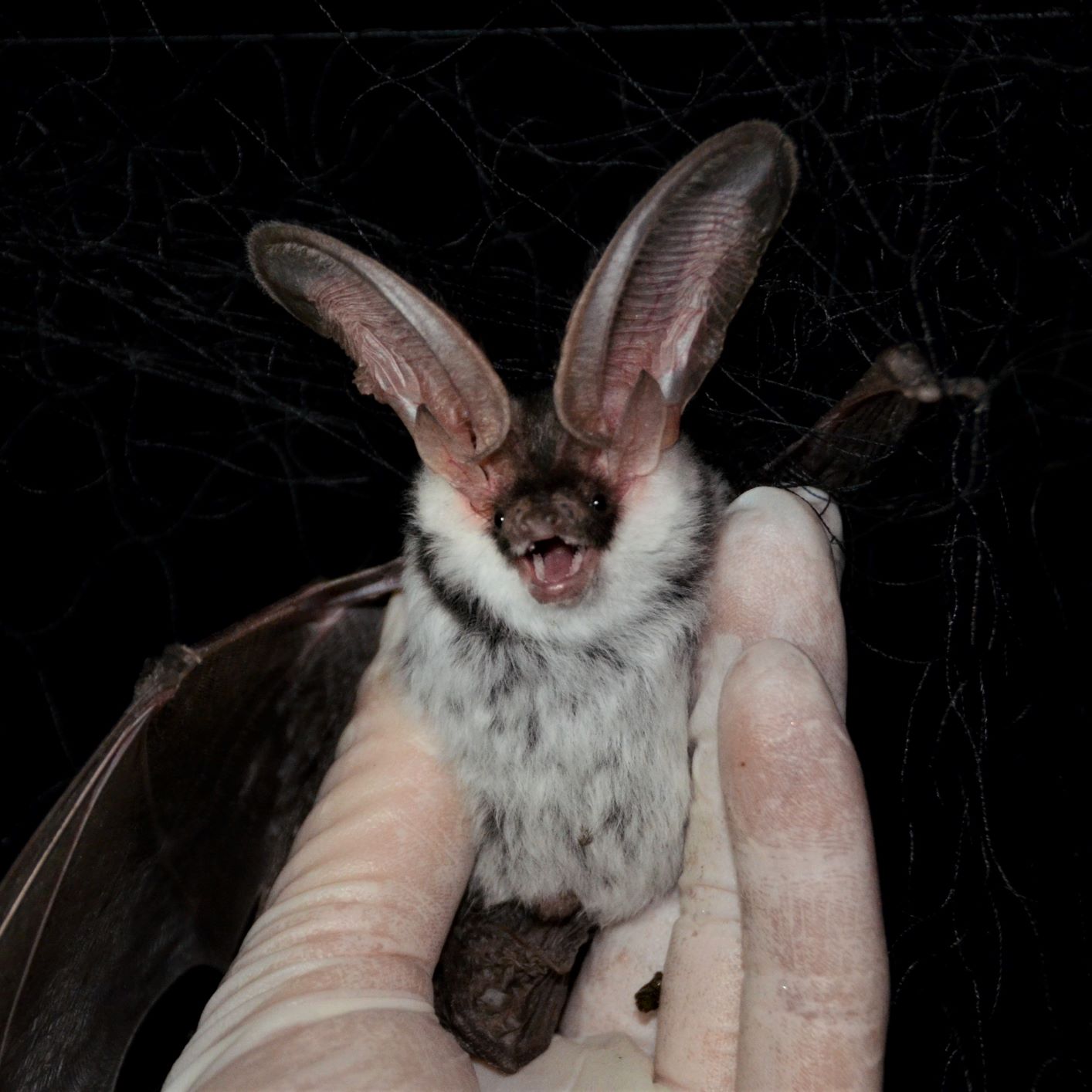What is it like to be a bat?
Because of their small size bats lose heat and water easily. This is a problem -- as a flying mammal bats experience extreme energy demand from flight. While bats should have to eat around the clock to be able to survive, instead they have unique adaptations that allow them to survive by just eating on warm nights. And eat they do! On a warm summer’s night, a bat can consume a mass of insects equivalent to their entire body weight. This is what makes bats a critical component of a healthy balanced ecosystem.
But eating and flying is of course not enough. Female bats have the added pressure of having young. And they only get one kick at the can each year: While not all females reproduce each year and some species can give birth to more than one pup, in general, each summer adult females give birth to a single pup. That pup must be born as early as possible so that it has time to grow, learn to fly, learn to catch insects, and fatten in time for hibernation or migration. No wonder an estimated 50% of pups don’t make it through their first winter.
With highly limited energy budgets, bats just barely make a living. And this especially true of adult female bats. But they do, thanks to strategic selection of day roosts and behaviours that make them unique among the animal kingdom. It takes a disproportionate amount of energy to keep their small bodies warm and so, unlike most other mammals, they don’t always defend a ‘normal body temperature’. Yes, they are somewhat like reptiles in that they can lower their body temperatures down to that of their surroundings! This mammal magic is referred to as torpor.
Torpor is critical for saving energy, but comes with a long list of challenges. Picture this: if an adult female bat roosts in a cold cement crevice under a bridge, she will save a lot of energy because her cells aren’t burning through her stored fat. But her metabolism is so slow that the fetus that she is trying to develop simply doesn’t grow. If she wants this fetus to grow, she needs to have her body stay warm. Burning her limited fat stores -- and yes they are limited because if she gets too fat, she can’t fly, and let’s face it, bugs aren’t fattening! -- to develop her fetus is really not a viable option. The solution? She moves to a hot roost; her hot surroundings keep her body warm without her having to burn her precious fat stores. This is also very important when her body is producing milk for her fast growing pup. So during pregnancy and lactation, most female bats seek out hot roosts – like your attic or perhaps a bat box.
But of course, too much of a good thing can be bad and lately there are reports that at some latitudes climate change related heat waves may be turning bat boxes into death traps. Here in BC we have seen some heat stressed bats and some mortality. Thus one of our projects is looking at how we can help prevent bat boxes from becoming ecological sinks.
Because bats are long-lived and often return to the same place they were born, bats are particularly susceptible to threats from sudden loss of habitat. More than one landowner has reported bats desperately clinging to the outside of buildings after they were sealed out of these long-standing roosts. Loss of natural habitats over the years as humans have encroached on the low elevation habitats where bats make a living, together with persecution, WNS disease, and a growing trend in urban areas to seal out bats or replace old buildings with new structures, is leaving our bat populations vulnerable. Anecdotally our bats have been declining for years here in western Canada, but it wasn’t until recently that we developed a protocol to use acoustic technology to try to quantify this. The North American Bat Monitoring Program was established to allow us to properly measure and understand changes in bat abundance and diversity.